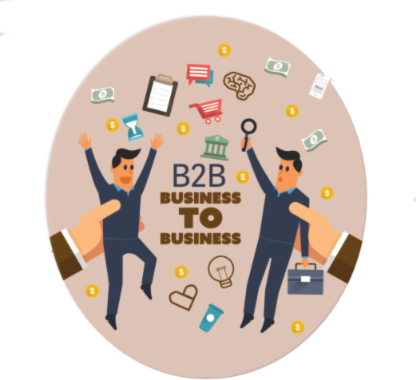Filters working as intended
One of the toughest deliverability problems to deal with is when mail is blocked or going to spam because the filters are working as intended. Often the underlying issue is a lack of permission.
In the consumer space there are some thing the sender can do to change their metrics and get to the inbox. The reality is that a lot of companies who send to consumers can get good delivery even when they don’t have clear permission from the recipients. With the right offer, there is going to be some percentage of people who want, or at least don’t mind, the email. Focusing on these people and dropping the unengaged users can make even purchased lists look good and reach the inbox. Couple that with the hygiene many list sellers do clean their lists and remove any addresses that might react badly to email and even purchased lists can reach the inbox. Focusing on sending to engaged users works to fix poor delivery to consumer ISPs even when the list is purchased.
In the B2B space, though, things are very different. For businesses, email is a tool. Filtering is about keeping the mailbox useable. Much of the business relevant mail doesn’t have images. There aren’t links to click. The folks maintaining the spam filters don’t have the access to track engagement, nor do they really care if a particular end user wants the mail. In the business space, engagement doesn’t matter. The tactics consumer senders use to deliver aren’t effective in the business space.
There have been multiple cases where employees of filtering companies have indicated their business users have a much lower tolerance for unsolicited emails than consumers do. There was the M3AAWG conference where an filter company employee said their users were asking for a way to block all mail from ESPs. In the last year an employee of a different filter commented on Mailop that their business users wanted their filters to be much more aggressive than their consumer customers did.
One of the use cases potential clients bring me is B2B mail where they are acquiring addresses from conference lists, or LinkedIn or Zoominfo or any of a dozen other avenues. There isn’t anything to do. Business filters are getting a lot more aggressive about blocking these kinds of mail, and they’re getting better at it. What worked a year ago isn’t working now. And most employees and their management don’t like this mail. The mail isn’t wanted.
The filters are working as intended. And they don’t want your mail.


